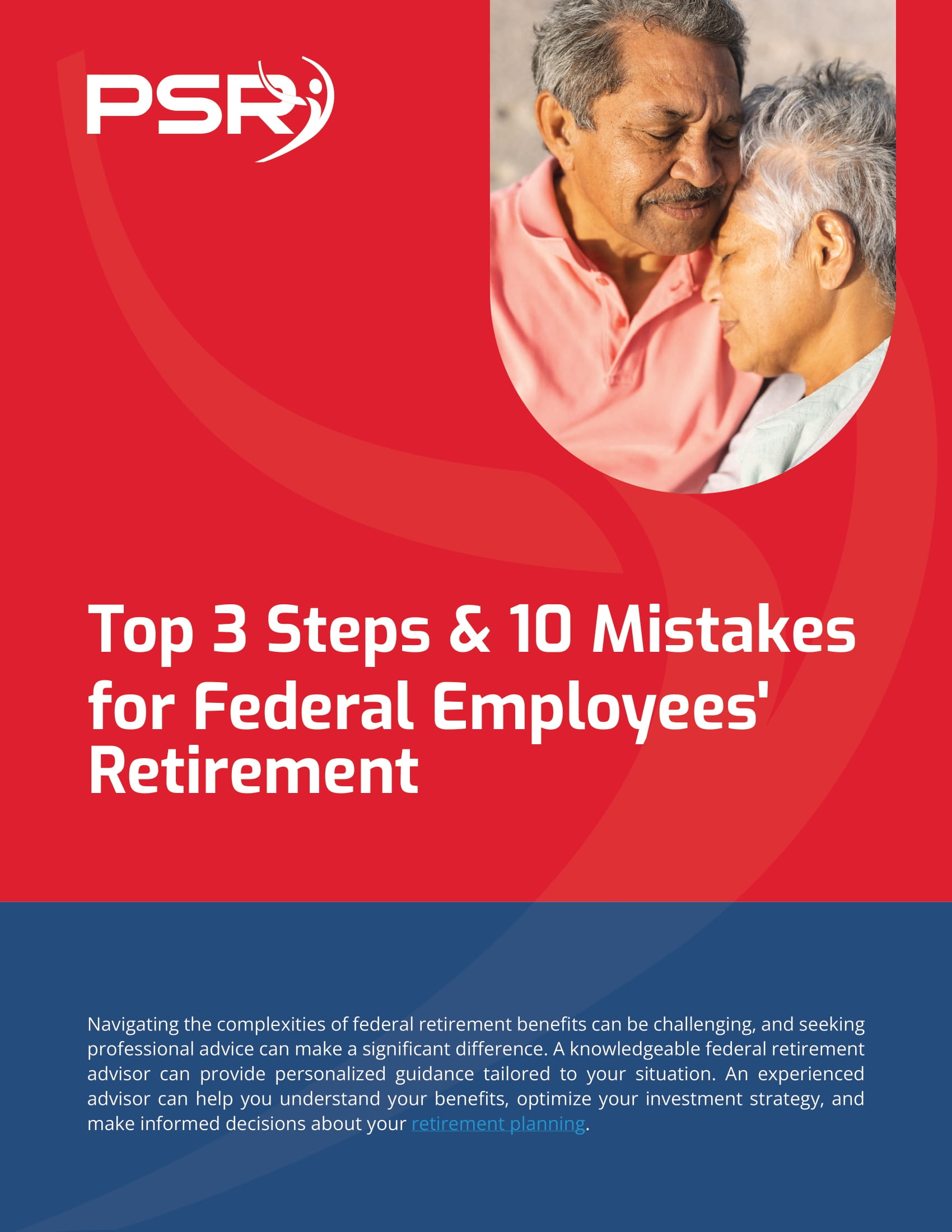Key Takeaways:
- Federal employees who qualify for both civilian and military benefits can leverage unique advantages to maximize their financial security.
- Understanding the overlap and coordination of these benefits is essential to ensure optimal coverage and retirement planning.
Blending Civilian and Military Benefits: How Federal Employees Can Get the Best of Both Worlds
For federal employees with both civilian and military backgrounds, there’s often confusion about how to coordinate benefits from both roles. Whether it’s health insurance, retirement pensions, or other benefits, understanding how these systems blend can offer the best of both worlds. By properly navigating the options available, federal employees can maximize their financial security and ensure they’re taking full advantage of their unique position.
What Benefits Do Federal Employees and Military Personnel Have?
- Also Read: New Rules for Federal Employees in 2025: What You Need to Know to Stay Ahead
- Also Read: Seven TSP Fund Allocation Strategies Federal Employees Are Using to Strengthen Their Retirement Portfolios
- Also Read: Military Buyback for Federal Employees: Is It Really Worth It? Here’s What You Need to Weigh Up
Military personnel, on the other hand, have access to different benefits, including TRICARE for health coverage and military retirement pensions. These benefits serve active-duty, reserve, and retired service members, offering varying levels of support depending on the duration of service and rank.
When an individual serves both as a federal civilian employee and as a member of the military, they are uniquely positioned to combine these benefits for enhanced financial security.
Can You Combine Health Insurance from Both Civilian and Military Benefits?
Yes, federal employees with military experience may be eligible for both TRICARE and the Federal Employees Health Benefits (FEHB) program. However, the two programs differ in terms of coverage, premiums, and out-of-pocket expenses. FEHB provides comprehensive coverage that extends to employees and their families, while TRICARE serves active-duty and retired military personnel.
Federal employees must choose how to coordinate their health coverage. Some prefer to use TRICARE as their primary health plan and FEHB as secondary coverage, while others may opt to use FEHB exclusively. It’s important to assess the differences between the two plans, including costs and access to care, to ensure the most beneficial arrangement.
By understanding the relationship between TRICARE and FEHB, federal employees can maximize their health coverage and reduce unnecessary expenses. For instance, TRICARE may cover certain costs that FEHB does not, or vice versa, allowing individuals to optimize their health plan selections.
How Do Retirement Plans Work for Federal Employees with Military Service?
Federal employees who also served in the military have unique retirement planning opportunities. Both the Federal Employees Retirement System (FERS) and the military retirement pension offer long-term financial security, but the interplay between the two can be complex.
Federal employees with military service may be able to “buy back” their military time and count it toward their FERS retirement. This process allows them to receive credit for their military service in their federal retirement calculations, which can significantly enhance their retirement pension.
Buying back military time involves making a one-time payment based on a percentage of the base pay earned during military service. Once this payment is made, the employee’s military service years are added to their total service years under FERS. This means the employee can retire earlier or receive a higher pension payout upon retirement.
However, some federal employees might opt to keep their military pension separate and not buy back their service time. This allows them to collect both a military pension and a civilian pension. It’s important to weigh the pros and cons of both options and make a decision that aligns with long-term financial goals.
What About the Thrift Savings Plan (TSP) and Military Retirement?
Federal employees, including those with military service, have access to the Thrift Savings Plan (TSP), which is a tax-deferred retirement savings plan similar to a 401(k). TSP provides an additional layer of retirement savings, which can be combined with military and FERS pensions for a well-rounded retirement package.
Federal employees who served in the military can also contribute to TSP while in active-duty status. Contributions made to TSP while serving in the military can be combined with civilian TSP contributions, giving employees an opportunity to build significant retirement savings.
Those who participate in both the military’s retirement plan and FERS should consider how to allocate their retirement savings. Since both systems offer long-term security, contributing consistently to TSP during both military and civilian employment can help create a solid financial foundation for the future.
Additionally, federal employees should evaluate whether Roth or traditional TSP contributions are best for their situation. Roth TSP contributions are made after taxes, allowing for tax-free withdrawals in retirement, while traditional contributions reduce taxable income now but are taxed upon withdrawal. Balancing these options with other retirement income sources, such as Social Security and pensions, can further optimize financial stability in retirement.
Can You Receive Both Military and Civilian Pensions?
Yes, it’s possible for federal employees to receive both military and civilian pensions. This situation is common for individuals who have served in the military and then transitioned to civilian employment within the federal government. However, careful consideration is required to ensure that the benefits are coordinated properly and that retirees receive the full value of both pensions.
If a federal employee buys back their military service time for FERS purposes, they may forfeit their military pension, as discussed earlier. However, those who decide not to buy back their military service time can keep both pensions. The decision between these two paths depends on individual retirement goals and the specifics of each situation.
Employees nearing retirement should review their pension options carefully and consult with a benefits advisor or financial planner to ensure the best approach is taken.
Are Survivor Benefits Available for Federal Employees and Military Personnel?
Both civilian and military benefit systems offer survivor benefits, which are designed to provide financial support to spouses and dependents in the event of the employee’s or service member’s death. Under FERS, federal employees can elect to provide a survivor annuity for their spouse, while the military offers similar benefits through the Survivor Benefit Plan (SBP).
Survivor benefits are an important aspect of retirement planning, especially for federal employees with military service. Coordination between the two systems can help ensure that surviving family members receive adequate financial support.
For example, individuals who are eligible for both FERS survivor benefits and SBP may need to decide how to allocate their survivor benefit coverage. Balancing the costs and payouts of these programs is essential to creating a financially secure future for loved ones.
Maximizing Benefits for a Secure Future
Federal employees who have served in the military have the unique advantage of combining civilian and military benefits to enhance their financial security. By carefully coordinating health insurance, retirement plans, and survivor benefits, they can build a comprehensive package that ensures long-term well-being for themselves and their families. Understanding the rules governing these benefits, and making informed decisions, is key to achieving the best of both worlds.













